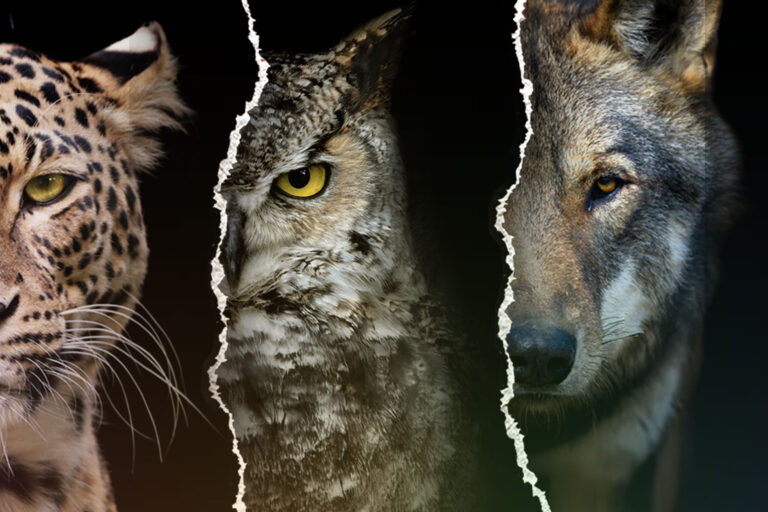When you think about how your brand presence can make an impact, don’t forget about typography.
When you see a great image or logo, you might not always realize all the ways typography is at play. Some of the most purposeful typography is understated, working to bring a bigger message to life that will stick with the viewer in the long run. Learn more about the power of effective typography from Russell Herder’s creative leaders below, and read more about the concept here.
Brian Herder, Chief Creative Officer:
Considering that the fonts we choose actually form the personality of our messages, they’re too often overlooked. Think of your font – whether on your website, advertising or corporate communications – as the voice you’re choosing to speak in. Is it excitable and loud? Calm and assured? Fonts are designed to convey a very specific personality, underscoring both your brand and message.
From “Eat more chikn” scrawled by cows on iconic Chick-fil-A billboards, to Nike’s boldface “JUST DO IT”, the font doesn’t just deliver the idea, it forms a part of the idea itself. Of course, this is especially true for logos and brand identities, where the font becomes the brand. “Supreme”, a high-end streetwear label, has built upon its bold logotype, turning bold white type on a red bar into a highly sought-after element of their design.
When you choose a font, you’re effectively casting the little voice you want the reader to hear in their head. Moreover, you’re communicating volumes about intangible qualities. Imagine “Flying lessons” spray-painted on plywood, or carefully lettered on a well-crafted metal sign – the presentation makes all the difference, and ultimately determines success. You can have a lot of fun with fonts, but it pays to remember just how powerful the right one can be.

Daniel Joyce, Creative Director:
When it comes to branding, at least through the lens of non-designers, typography has often been under appreciated in comparison to its design counterparts of color, images and graphics. However, good typography is just as essential in crafting a unique and cohesive brand identity as those often more celebrated design elements. Not only does typography impact user experience to a high degree in terms of legibility and cognitive engagement, but it imparts tonality and is a reflection of brand values in letter form.
Type designer Laura Worthington puts it succinctly, “Type is a visual voice. Without reading, it imparts a message.” This implies that typography is a powerful visual mood setter, one that can be as graphic, artistic and abstract as a logo or color palette. Additionally, typography makes up one of the largest portions of a brand’s identity. It’s present in nearly every brand communication with the exception items like radio or podcast ads. But even then, a radio script may be formatted in a brand typeface that imparts a specific tone or direction for a voice talent to follow.
Typography often works more subtly in a viewer’s eye, but the impact is still incredibly powerful. As New York-based designer James Puckett explains,
“I always tell people that the difference between good typography and [bad typography] is the difference between work that looks professional and work that looks like someone threw it together in MS Word. One reason Apple’s stores look so good is the careful and consistent application of [the typeface] Myriad. But Kmart’s careless mashup of Helvetica, Gill Sans, News Gothic and Gotham looks like, well, Kmart.”
This quote also highlights the need to use brand typography in a consistent and purposeful manner. When a brand disregards typographic standards, a cohesive brand identity gets diluted and confusing, resulting in less effective and identifiable messaging for their audience. While typography hasn’t been as present in the public’s eye historically, it has certainly become more present and part of the zeitgeist over the past decade or two. From Saturday Night Live doing an entire digital short on the often-mocked Papyrus being used for the movie Avatar, to the Helvetica documentary, and Comic Sans being used as a near tropic punching bag for poor and childish type, the public has certainly caught on to the importance of good typography. If they have, then it’s critically important that your brand gives typography the respect it deserves.





